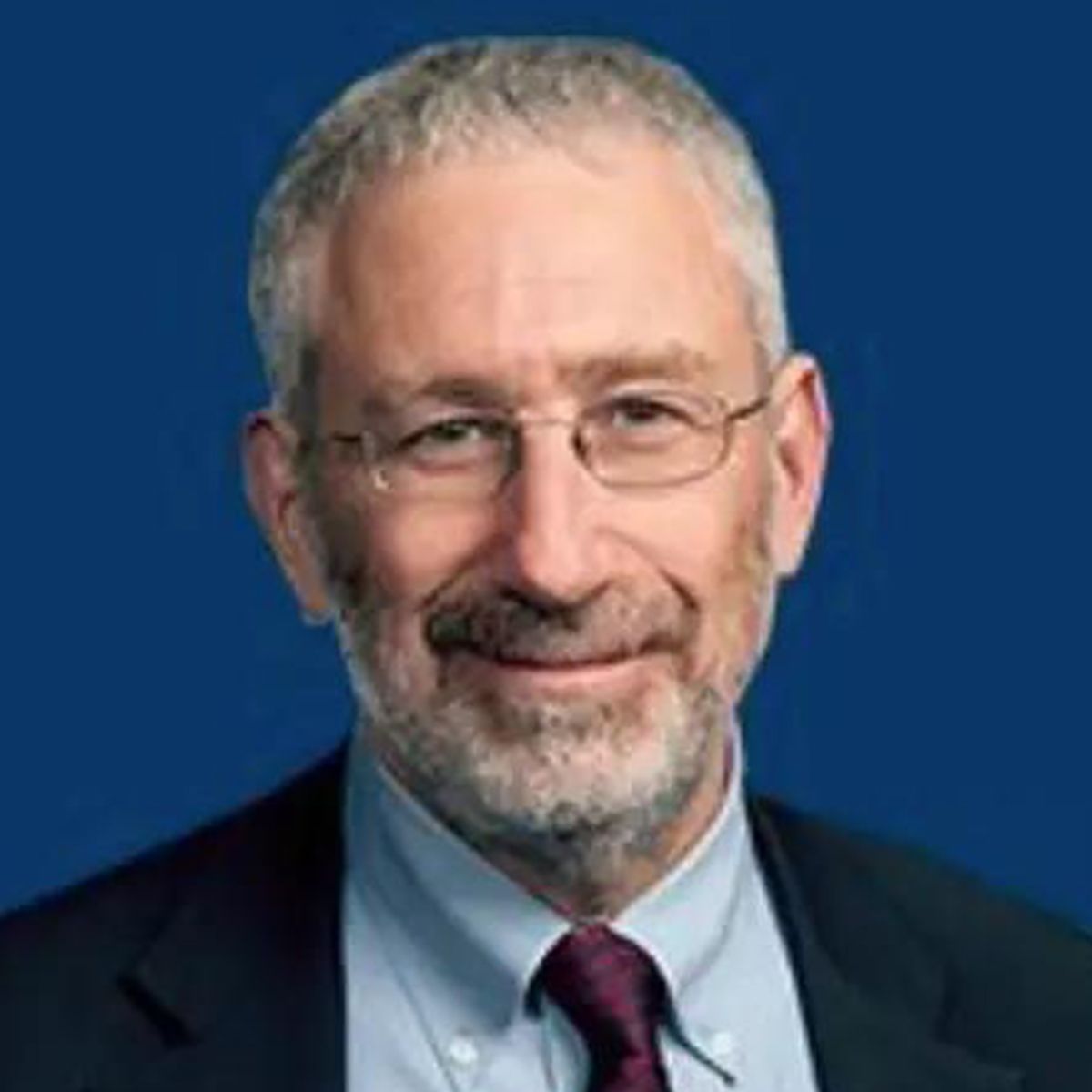Publication
Article
Multidisciplinary Approaches Are Needed in Ovarian Cancer
Author(s):
While ovarian cancer survival rates have improved slightly since the 1970s, the overall five-year survival for patients diagnosed with the tumor type lags behind the average rate of all cancers.
Nancy E. Davidson, MD
Director
University of Pittsburgh Cancer Institute, UMPC Cancer Center
Pittsburgh, PA
While ovarian cancer survival rates have improved slightly since the 1970s, the overall five-year survival for patients diagnosed with the tumor type stands at 43.7%, and thus lags behind the average rate of all cancers, which is 65.4% for the general population, according to federal statistics.1
Improving screening methods and other preventive measures in ovarian cancer is a top priority at institutions such as the University of Pittsburgh Cancer Institute (UPCI) in Pennsylvania. The center pooled its resources with Magee-Womens Research Institute to launch the Women’s Cancer Research Center in 2010.
Research on ovarian cancer at the center is concentrated in promising new areas, according to Nancy E. Davidson, MD, director of UPCI. Delivering care also means incorporating the existing knowledge of oncologists, surgeons, and other members of the treatment team.
“Ovarian cancer is a prime area to think about all of those approaches,” Davidson said. “I think all patients who are diagnosed with any form of ovarian cancer owe it to themselves to have consultation with representatives of all of these disciplines to try to make sure that they make the best possible decision about all the interventions that might be suitable for their own ovarian cancer.”
Determining ways to prevent the spread of ovarian cancer by detecting it in early stages has proved challenging. Davidson said that the current screening methods for ovarian cancer are not providing enough useful information.
“Large studies have gone on across the world, and at least so far in the setting of women with average risk for ovarian cancer, there does not appear to be a benefit to the use of something like CA 125 screening or transvaginal ultrasound,” said Davidson.
“Women always want to do something that’s going to be good for them, but we always have to be weighing the benefits of the intervention with the harms of the intervention, and I think we always want to practice evidence-based medicine,” she said.
Davidson noted that the center is placing an emphasis on research into vaccines and other immunotherapy strategies for ovarian cancer. One of the program’s directors, Robert P. Edwards, MD, was one of the researchers involved in a phase II study testing the efficacy of recombinant poxviruses that express tumor-associated antigens as potential vaccines for ovarian cancer.
The study, published in the Proceedings of the National Academy of Sciences online ahead of print in March, found that in 22 patients with advanced epithelial ovarian cancer at high risk of disease recurrence or progression, the median progressionfree survival was 21 months (95% CI, 16 months-29 months), and the median overall survival was 48 months, suggesting a meaningful clinical benefit.2
Key Ovarian Cancer Statistics1
Stage at Diagnosis
Stage
Distribution (%)
5-year Relative
Survival (%)
Localized (confined to primary site)
15
91.5
Regional (spread to regional lymph nodes)
17
71.9
Distant (cancer has metastasized)
61
26.9
Unknown (unstaged)
7
22.0
Even amid promising new therapies, though, Davidson said the possibility of using traditional methods for treating ovarian cancer should not be ruled out, such as the surgical removal of the ovaries and fallopian tubes.
“The key here is that a patient needs to undergo an adequate staging evaluation to understand the extent of her ovarian cancer,” Davidson said. “She needs to have a terrific pathology evaluation to understand the molecular and cellular type of ovarian cancer. She needs to consult with the experts to figure out what kind of therapy, what kind of tailored therapy is appropriate for her.”
References
- Howlader N, Noone AM, Krapcho M, eds, et al. SEER Cancer Statistics Review, 1975-2009 (Vintage 2009 Populations). National Cancer Institute website. http://seer.cancer.gov/statfacts. Published April 2012. Accessed June 7, 2012.
- Odunsi K, Matsuzaki J, Karbach J, et al. Efficacy of vaccination with recombinant vaccinia and fowlpox vectors expressing NY-ESO-1 antigen in ovarian cancer and melanoma patients [published online ahead of print March 27, 2012]. Proc Natl Acad Sci USA. 2012; 09(15):5797-5802.










